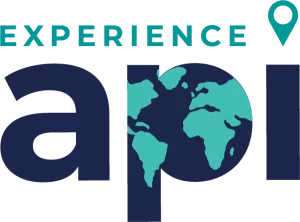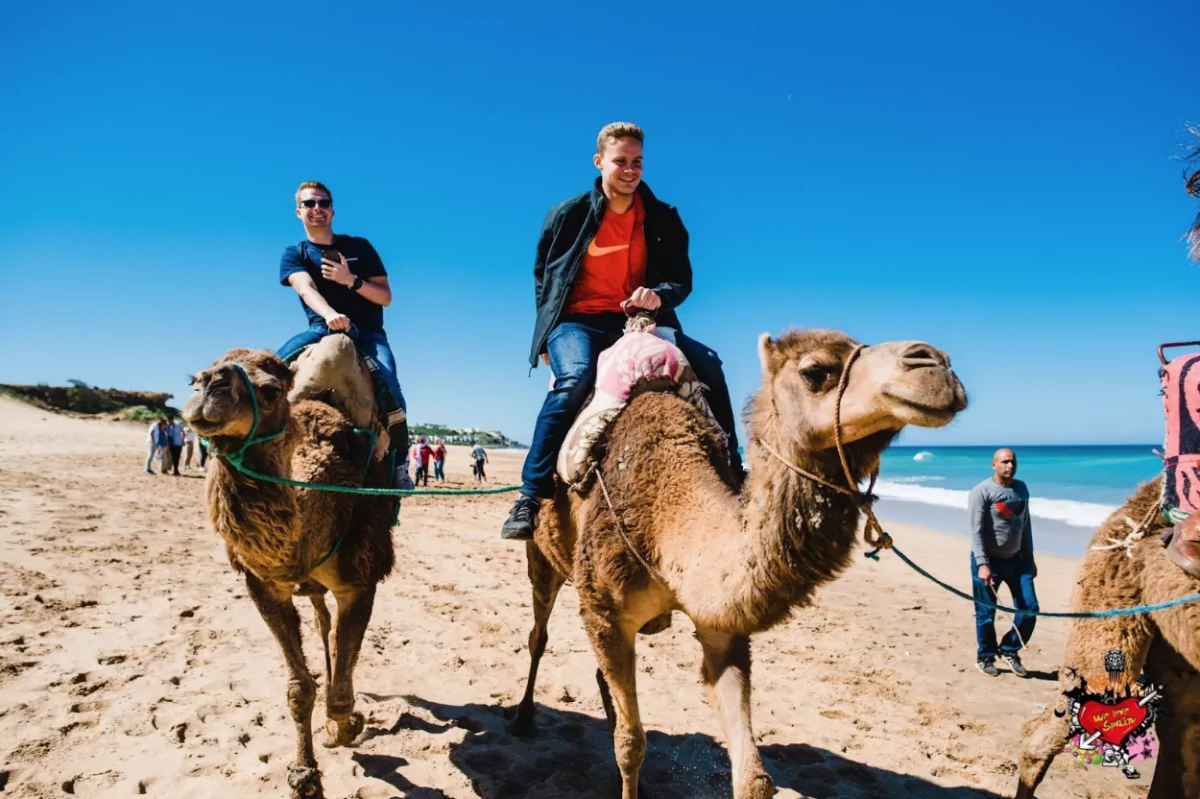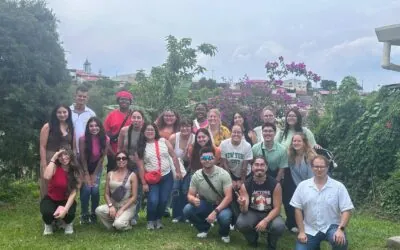Today’s blog post comes to us from UW-Platteville student & #APIabroad blogger Josh Weaver. He’s studying abroad with us in Seville, Spain. (If you want to join API in Seville this fall, several application deadlines are coming up this month!)

For my last traveling weekend of the semester, I went to northern Morocco.
It’s exciting to say I have been to Africa, though I hope to return someday to see more! While Morocco is among the safest countries with a level 1 travel advisory (normal precautions), my friends and I chose to use a tour group. It was a good decision for the first time going to the country. The program provided all transportation, guides, meals, and tours which is a good thing since a lot of people can run into severe stomach troubles from eating the food or drinking water there as our bodies are not used to the bacteria/microbes. Also, data is extremely expensive in Morocco and there is poor WiFi, so trying to navigate the country could have been quite difficult and/or expensive.
The first stop of our three-day excursion was in Gibraltar, home of the famous Rock of Gibraltar.
Located at the very bottom of the Iberian Peninsula, the small city actually belongs to the United Kingdom. While the tour of the island and its history was interesting, the highlight for me was St. Michael’s Cave and the monkeys! The monkeys are normally very calm and will sit on the railings with the tourists.

From Gibraltar we returned to Spanish territory to take a ferry across the Mediterranean to Cueta which is a Spanish city along the sea at the north edge of Morocco. I learned that Morocco was controlled by France and Spain from 1912-1956, so Spain has retained two cities in Africa. The other city is Melilla farther east and also along the sea.
Although Morocco is a safe country and I never felt any danger, the differences how the Western world operates and Morocco is very evident.
Our tour guide told us on the forms we had to fill out for the Moroccan border crossing to only list our occupation as students. Occupations such as police, bloggers, and journalists will lead to the Moroccan police pulling you aside to interview you. He said once there was a student who listed their occupation as “student/blogger” so the Moroccan police pulled them aside for an hour and a half interview. I thought it was interesting that despite Morocco’s good reputation, a career as a journalist causes red flags with the police.
The next day we traveled over to the Atlantic coast to ride camels on the beach.

It was quite an experience to not only see camels (and baby camels) but get to ride them as well! From the camel ride we made our way to Chefchaouene which is also known as the blue city because most of the buildings are painted blue.

I had the opportunity to see many Moroccan people living their actual lives. The city is set in a hill and the “streets” are too narrow to for vehicles, so everything the people need is moved on foot or a motorbike. It is still custom in Morocco to take their bread to be baked in the community oven every day. There are also dozens of little shops lining the street catered to tourists. The difference between the tourist shops in Europe, many of the shops in Morocco make the souvenirs, jewelry, and clothing in the shop!

On Sunday, we toured Tetuán where we learned about the history of the city, visited a traditional pharmacy, and walked down the market streets.
In the pharmacy we got to learn about many natural remedies that Moroccan people are still using today to treat headaches, digestive issues, skin problems, and much more.
The small market streets were particularly interesting for me as the small walking only street is crowded with little stands where families come to buy their food everyday. There are vegetables, fruits, spices, mint leaves (for their tea which a key to their culture), and live chickens. I say live chickens because if someone wants to eat chicken for supper that night, they go to a chicken stand and select the chicken they want. They kill the chicken there, and then the rest of the skinning and preparing process will be done in the home.

The line to cross back into the Spanish city of Ceuta was longer than normal so our bus was stopped in line pretty far back from the checkpoint. There were several dirty children walking up and down the lines of cars asking for someone to let them in. We saw one boy climb under our bus. We were told by our tour guide that this is quite common as the kids are trying to get into Spain for a better life.
It was an unsettling reminder of how much of the country remains in poverty and that there are children and teenagers living without homes.
It was also a valuable reminder to myself of how blessed I am to live and study in first world countries like the United States and Spain. My first world problem of not having data or WiFi felt pretty silly when I saw the hungry and desperate kids outside the bus. Although it was for only three days, I learned a plethora of knowledge about Arabic culture, Moroccan culture, and was humbling reminded of the blessings in life.





